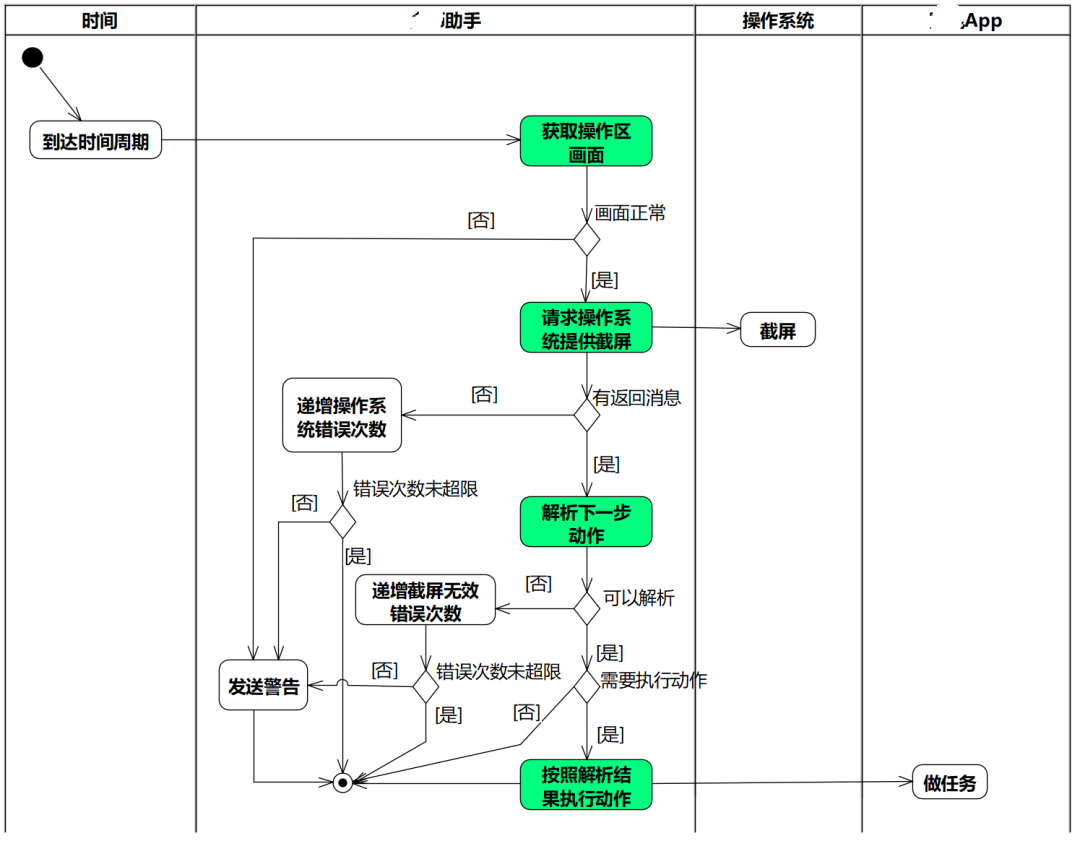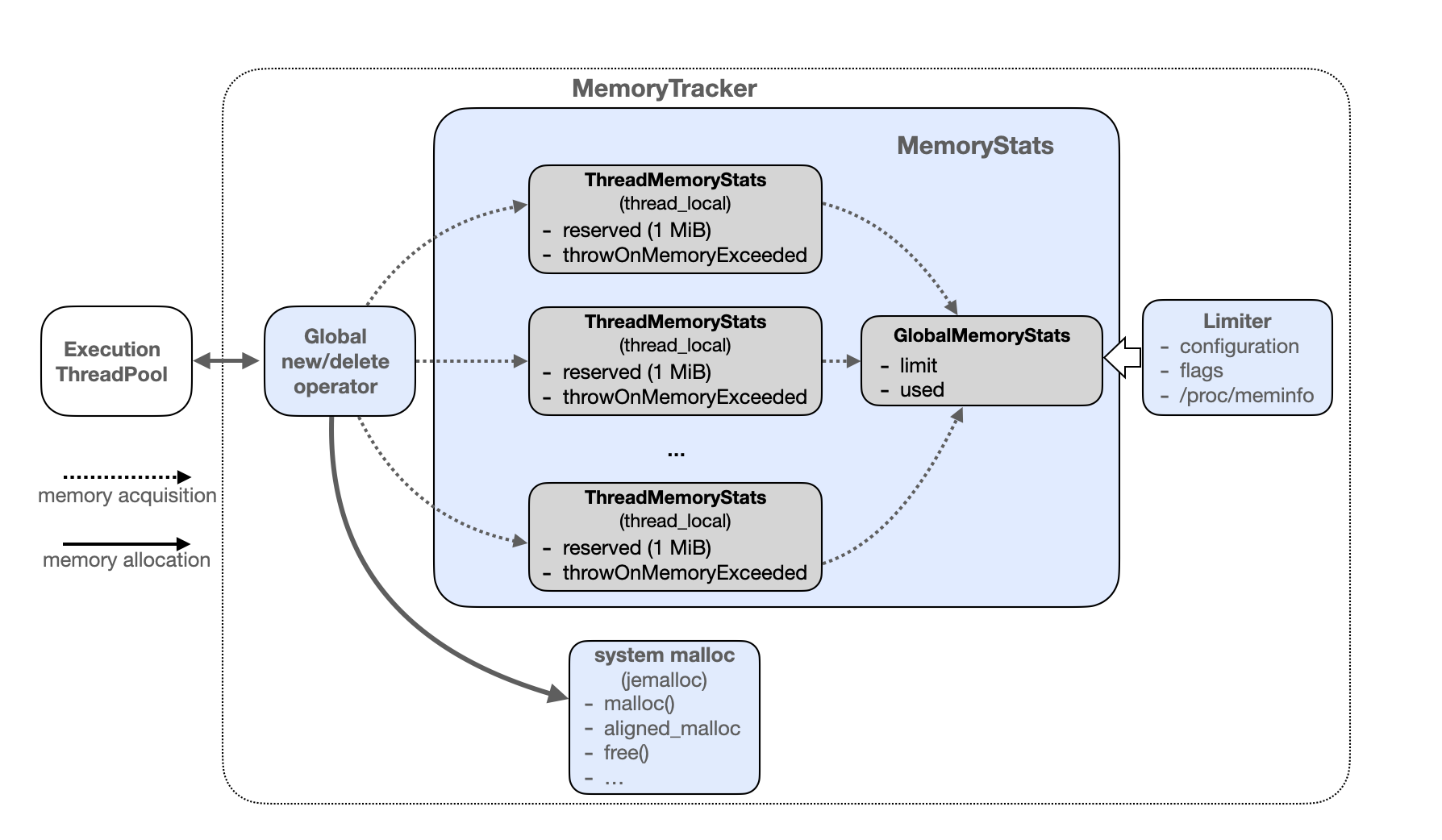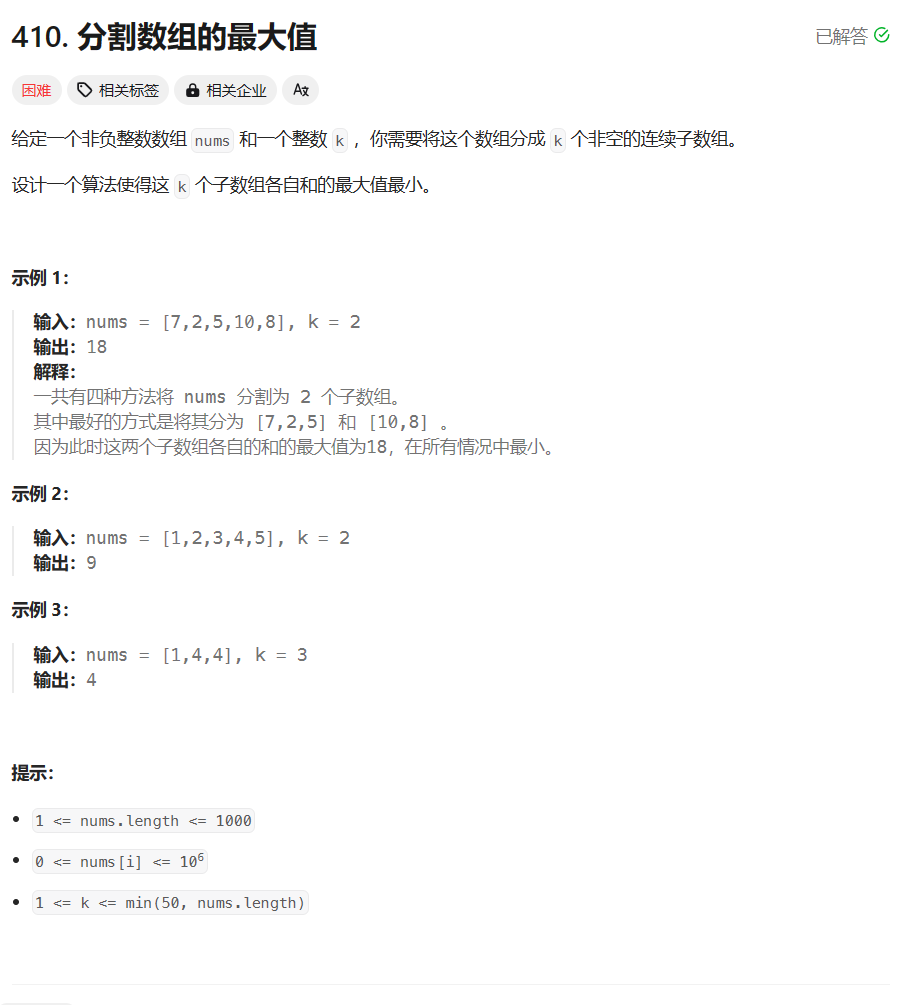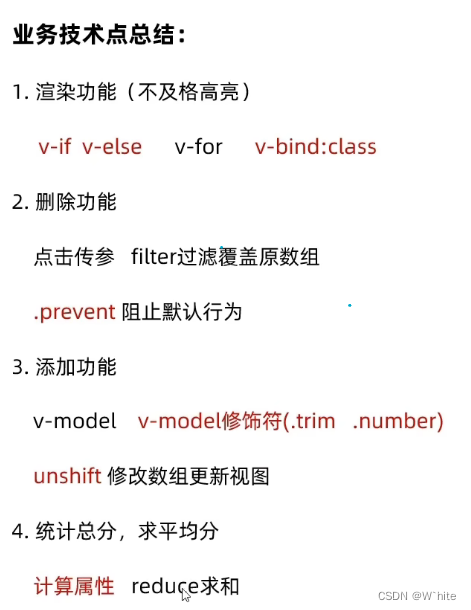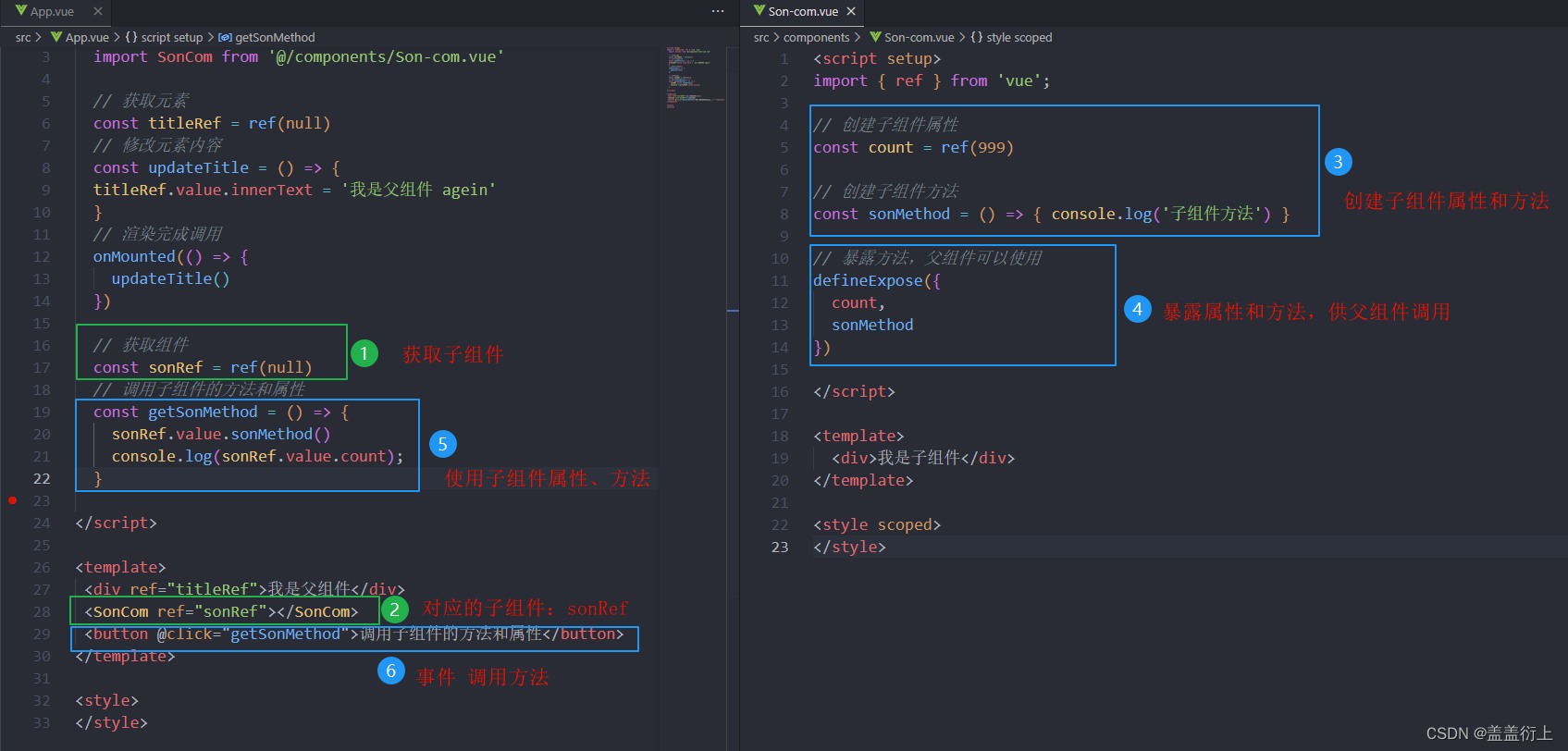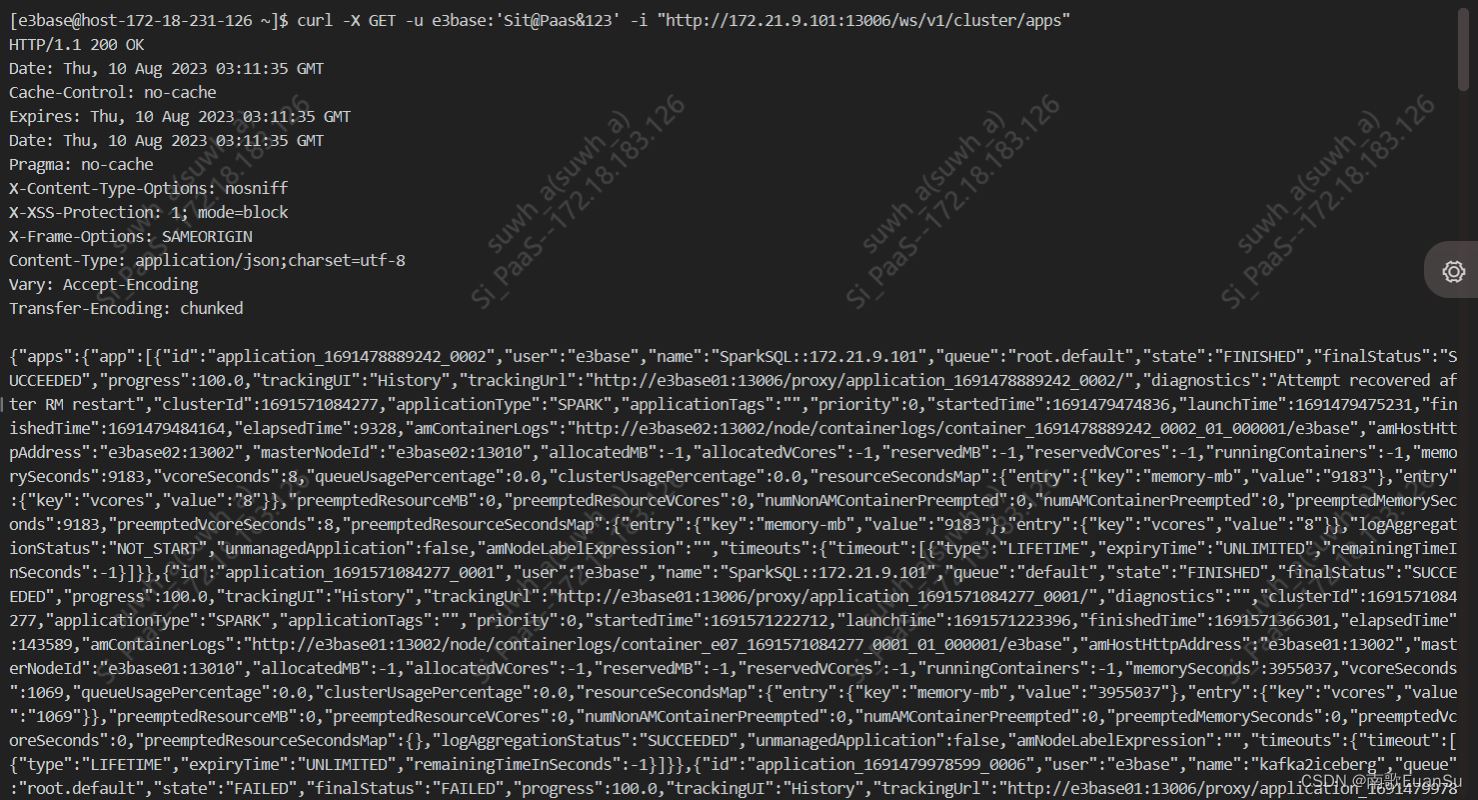目录
目录
目录
前言
为什么要大整数
大整形的加/减法
大整形的乘法
大整形除法
大整形开方
代码实现
前言
好久没有更新博客了,hhh。时隔三个月,我又回来了。先来点简单的大整形,虽说简单,但是在编写的时候还是debug了好久。
申明:本文代码为博主自行编写,尚有不足还望海涵,也希望大佬可以指点一二。
为什么要大整数
这是一个令人尴尬的问题。个人看法是除了竞赛大概率碰不上大整形,或者使用c/c++处理大整形的几率很小。我想有的小伙伴要问了,为什么说c/c++处理大整形的几率很小。请看c/c++的语言标准。时至今日,c/c++语言标准都没有明确规定相关生产商必须提供大整形。而在实际的生产中,只有GCC一方提供了“大整形” -- 128位整形。事实上,128位整型并不是内嵌的、官方认定的类型,换句话说只要128位系统没出现,128位类型就不能内嵌,一定是一个认为实现的标准库。在现实生活中,64位整数已经能够处理我们日常生活中的事情。正如有人调侃,微软当初使用64位整型是因为需要64位来存放比尔盖茨的财产,但是32位对于我们普通人来说足够了。由此可见,实际生活没有那么多的大整形。凡事皆有例外,为金融、航天等机密仪器所设计的程序可能会面临大整形、高精度的需求。因此,你发现python在金融称王称霸是合理的。python处理大整形、高精度有着天然优势。但是在精密仪器上应该还是c/cpp开发的程序较多。
总而言之,就是当64位整数不能够满足需求时,就需要按需设计一个存储结构。这个存储结构就是大整形。顺便一提这里不建议使用128位整数,因为可移植性比较差。
大整形的加/减法
大整形的加减法是最为简单的,简单来说就是按位相加减,事后借进位。
大整形的乘法
乘法的实现也比较低,相较于加减法难一丢丢。如果我们有如下的式子:
那么,现在有可以像如上式子表达。为了方便表示结果存储在
,并且
。
于是我们知道,进一步推导得到
。
大整形除法
除法最简单的直观的方式就是位对齐,减试商。这里还可以来一个小优化,就是试商的时候可以不用循环尝试,使用二分搜索尝试,这样会快一点。因为我们的基底不一定是10。如果是大基底循环试商就太慢了,而选用小基底空间上又太浪费。
当然还有数学方法,如果基于数学算法,大整形的运算速度都可以提升到。但是,我太菜了,不能理解。所以就不出来瞎掰扯了,误人子弟了。
大整形开方
这里也是使用了试根法。也有数学方法来着,不过是基于除法实现。so,除法不懂,这里就更不懂了(苦笑ing...)。
代码实现
1000位(十进制)以内目前没发现bug。仍有待测试和完善,乘法计算速度尚可。里面的减法只实现了移位减法供除法使用。一般的减法设计可参看加法 + 移位减法中的检测机制。
里面虽然是无符号类型,但是无符号和有符号的计算效果是一样的。也就是说,如果你需要设计有符号的大整形,可以标注最高位的无符号第1个二进制位就是符号位。
#include<cstdio>
#include<cstring>
#include<iostream>
#include<vector>
#include<queue>
#include<algorithm>
class BigInt : public std::vector<unsigned long long> {
public:
BigInt(unsigned long long n = 0) {
int i = 0;
do {
push_back(0);
at(i++) = n % base;
n /= base;
} while (n);
};
BigInt(char* s) {
int len = strlen(s);
for (int i = len - 1; i >= 0; i -= log_10_base) {
unsigned long long num = 0;
for (int j = i - log_10_base + 1 < 0 ? 0 : i - log_10_base + 1; j <= i; ++j)
num = num * 10 + (s[j] - '0');
push_back(num);
}
}
const int theBase() const { return base; };
// 赋值号
BigInt& operator = (const BigInt& other) {
for (int i = 0, j = 0; i < other.size(); ++i, ++j) {
if (i >= size()) push_back(0);
at(j) = other[i];
}
for (int i = other.size(); i < size(); ++i) pop_back();
return *this;
};
// 加法类
BigInt operator+ (const BigInt& other) {
int min_digital = std::min(size(), other.size());
int max_digital = std::max(size(), other.size());
BigInt ret;
for (int i = max_digital - 1; i > 0; --i) ret.push_back(0);
for (int i = 0; i < min_digital; ++i) ret[i] = at(i) + other[i];
for (int i = min_digital; i < size(); ++i) ret[i] = at(i);
for (int i = min_digital; i < other.size(); ++i) ret[i] = other[i];
ret.process();
return ret;
};
BigInt& operator+= (const BigInt& other) {
int min_digital = std::min(size(), other.size());
int max_digital = std::max(size(), other.size());
for (int i = 0; i < min_digital; ++i) at(i) += other[i];
for (int i = min_digital; i < other.size(); ++i) {
push_back(0);
at(i) = other[i];
}
process();
return *this;
};
// 乘法类
BigInt operator* (const BigInt& other) {
BigInt ret;
for (int i = size() + other.size() - 1; i > 0; --i) ret.push_back(0);
for (int i = 0; i < size(); ++i)
for (int j = 0; j < other.size(); ++j)
ret[i + j] += at(i) * other[j];
ret.process();
return ret;
};
BigInt operator* (const long long num) {
BigInt ret;
for (int i = size() - 1; i > 0; --i) ret.push_back(0);
for (int i = 0; i < size(); ++i)
ret[i] = at(i) * num;
ret.process();
return ret;
};
BigInt& operator*= (const int num) {
for (int i = 0; i < size(); ++i)
at(i) *= num;
process();
return *this;
};
BigInt operator*= (const BigInt& other) {
BigInt ret;
for (int i = size() + other.size() - 1; i > 0; --i) ret.push_back(0);
for (int i = 0; i < size(); ++i)
for (int j = 0; j < other.size(); ++j)
ret[i + j] += at(i) * other[j];
ret.process();
for (int i = 0; i < ret.size(); ++i) {
if (i >= size()) push_back(0);
at(i) = ret[i];
}
return *this;
};
// 减法类
// *this - (num << shl) the base is class_base
void sub_with_shl(const BigInt& num, int shl) {
for (int i = 0; i < num.size(); ++i) {
unsigned long long check = at(i + shl);
at(i + shl) -= num[i];
if (check - num[i] > check) { // 如果发生结尾
at(i + shl) += base;
at(i + shl + 1) -= 1;
int higher = i + shl + 1;
while (at(higher) >= base) { // 是否会产生连续借位
at(higher) += base;
higher += 1;
at(higher) -= 1;
} //
} //
}
process();
};
// 除法类
// 最简单的方法就是一直循环减
// 实际上还有数学方法,本人能力有限无法实现,涉及到多项式环快速逆,Crypto的知识。
BigInt operator/ (BigInt& divisor) {
if (*this < divisor) return BigInt((unsigned long long) 0);
BigInt quotiend;
BigInt remainder = *this;
int shl = size() - divisor.size(); // 移位
if (!divisor.less_equal_with_shl(*this, shl)) shl -= 1;
while (divisor <= remainder) {
unsigned long long q = remainder.search_quotient(divisor, shl);
remainder.sub_with_shl(divisor * (q - 1), shl);
quotiend[quotiend.size() - 1] = q - 1;
quotiend.push_back(0);
if (shl) shl -= 1;
}
quotiend.pop_back();
quotiend.reverse();
quotiend.process();
return quotiend;
}
BigInt operator% (BigInt& divisor) {
if (*this < divisor) return *this;
BigInt quotiend;
BigInt remainder = *this;
int shl = size() - divisor.size(); // 移位
if (!divisor.less_equal_with_shl(*this, shl)) shl -= 1;
while (divisor <= remainder) {
unsigned long long q = remainder.search_quotient(divisor, shl);
remainder.sub_with_shl(divisor * (q - 1), shl);
quotiend[quotiend.size() - 1] = q - 1;
quotiend.push_back(0);
if (shl) shl -= 1;
}
return remainder;
}
int operator% (int divisor) {
int r = 0;
for (int i = size() - 1; i >= 0; --i) {
// r = r * base + at(i);
r = (r * (base % divisor) + at(i) % divisor) % divisor;
}
return r;
}
// 开方运算 -- 1000位精确
BigInt sqrt() {
BigInt ret;
int sz = 0;
if (size() % 2 == 0) ret.resize(sz = size() >> 1);
else ret.resize(sz = (size() >> 1) + 1);
for (int i = sz - 1; i >= 0; --i) {
search_root_for_ith_digital(ret, i);
}
ret.process();
return ret;
}
// 比较类
bool operator<(const BigInt& other) const {
if (size() != other.size()) return size() < other.size();
for (int i = size() - 1; i >= 0; --i)
if (at(i) != other[i]) return at(i) < other[i];
return false;
}
bool operator<=(const BigInt& other) const {
if (size() != other.size()) return size() < other.size();
for (int i = size() - 1; i >= 0; --i)
if (at(i) != other[i]) return at(i) < other[i];
return true;
}
// *this << shl <= other
bool less_equal_with_shl(const BigInt& other, int shl) const {
if (size() + shl != other.size()) return size() + shl < other.size();
for (int i = size() - 1; i >= 0; --i)
if (at(i) != other[i + shl]) return at(i) < other[i + shl];
return true;
}
// 输出
void output() {
printf("%Id", at(size() - 1));
for (int i = size() - 2; i >= 0; --i) {
for (int j = base / 10; j > 0; j /= 10)
printf("%Id", at(i) % (j * 10) / j);
}
puts("");
}
private:
void process() {
for (int i = 0; i < size(); ++i) {
if (at(i) < base) continue;
if (i + 1 == size()) push_back(0);
at(i + 1) += at(i) / base;
at(i) %= base;
}
for (int i = size() - 1; at(i) == 0 && i > 0; --i) pop_back();
}
// 为除法设计 -- 小优化
long long search_quotient(BigInt& divisor, int shl) {
long long l = 1, r = base;
while (l < r) {
long long mid = l + (r - l >> 1);
BigInt tmp = divisor * mid;
if (tmp.less_equal_with_shl(*this, shl)) l = mid + 1;
else r = mid;
}
return l;
}
BigInt& reverse() {
for (int i = 0, j = size() - 1; i < j; ++i, --j) {
unsigned long long tmp = at(i);
at(i) = at(j);
at(j) = tmp;
}
return *this;
}
void search_root_for_ith_digital(BigInt& ret, int i) {
long long l = 1, r = base;
while (l < r) {
ret[i] = l + (r - l >> 1);
BigInt tmp = ret * ret;
if (tmp.less_equal_with_shl(*this, 0)) l = ret[i] + 1;
else r = ret[i];
}
ret[i] = l;
unsigned long long check = ret[i];
ret[i] -= 1;
if (ret[i] > check) {
int higner = i + 1;
ret[i] += base;
ret[higner] -= 1;
while (ret[higner] > base) {
ret[higner] += base;
higner += 1;
ret[higner] -= 1;
}
}
return;
}
private:
const static int base = 1000000000;
const static int log_10_base = 9;
};

